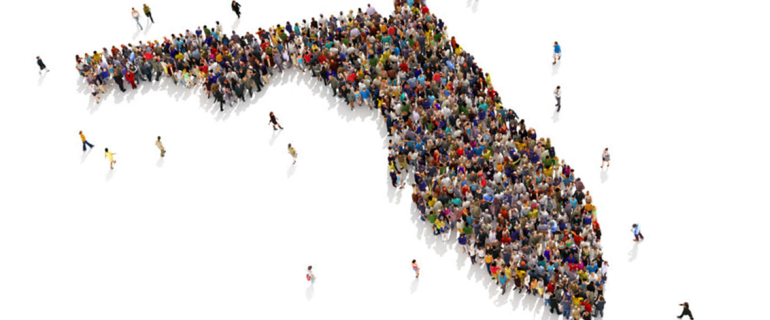Changing Migration Patterns, New Consumer Preferences Are Driving The Self-Storage Rally
The self storage sector is thriving thanks to changing migration patterns and evolving consumer behaviors that owe largely to the COVID-19 pandemic, pushing the niche asset class “from a laggard to a leader,” according to senior economist Thomas LaSalvia of Moody’s Analytics REIS.
The sector’s pre-COVID woes are well-documented: too much development, which began in earnest at the end of the Great Financial Crisis, pushed rents and occupancy rates down with a vengeance. And while net absorption averaged 196,000 units per year from 2019 through 2019, “this wasn’t enough to balance the inventory gains that averaged 311,000 units per year during the same period,” LaSalvia writes: during that time, vacancy rates pushed up to 14.5% from 10.4%. And since the asset class has a low barrier of entry for investors, he says, it tends to have higher peaks and lower valleys than other sectors.
“At the end of 2019, the market was in one of these valleys,” LaSalvia recently told Scotsman’s Guide. “The COVID-19 crisis turned out to be the shot in the arm needed to jolt the sector out of its malaise. During the early stages of the pandemic, the self-storage market gained stability that it maintained throughout the course of 2020.”
Specifically, construction slowed down and netted only 40,000 units completed by the end of Q1 2021. Meanwhile, net absorption grew to more than 100,000 units during the same period and vacancy plunged 90 basis points to 13.7%. Annualized rent growth grew to 2.9%.
Investors are increasingly seeing the self-storage sector as an opportunity to diversify, and overall self-storage sales tallied $7.7 billion last year, one-third higher than 2019 numbers. Single-asset sales rose 13% year-over-year to $3.5 billion, and the number of unique investors also rose to an all-time high by year’s end.
LaSalvia attributes the change in part to changing migration patterns, as well as negative economic pressures and changing consumer tastes.
“The pandemic has undoubtedly accelerated the acceptance of a remote-work lifestyle. This phenomenon has prompted migration, a well-cited and rational factor for self-storage use,” LaSalvia says. “Moving forward, self storage will continue to reap the benefits of migration and catch the tailwinds associated with a strong economic recovery. As people adjust to post-pandemic life, many will find new locations to better fit their new lifestyles.”
Source: GlobeSt.









